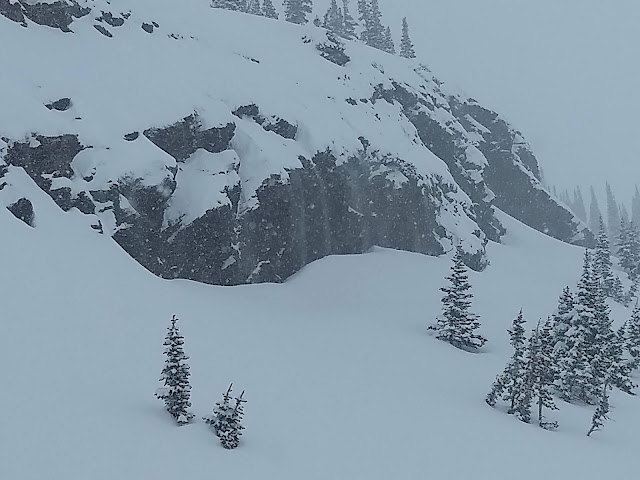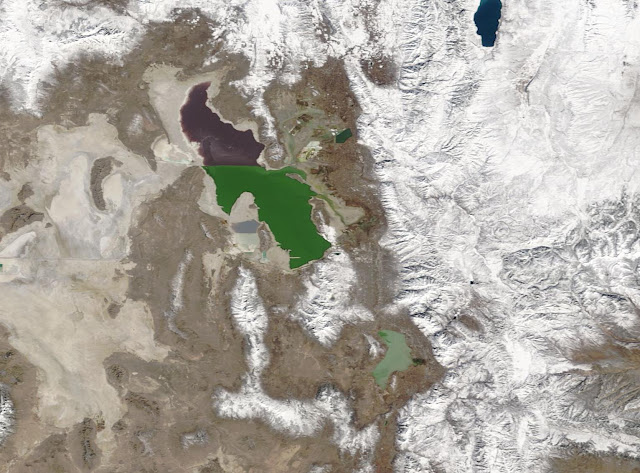A few numbers to summarize our current warm wave.
Yesterday's maximum temperature of 70˚F was only the 4th time 70˚F has been observed in Salt Lake City on or before March 6. Other years with a maximum temperature of 70˚F on or before March 6th are 1879 (70, March 6), 1921 (71, March 3), and 2020 (70, March 6).
Going back for the past two days, the average maximum was 66.0˚F, 6th warmest on record.
For the past three days, the average maximum was 63.0˚F, the also good for 6th.
For the past four days, the average maximum was 63.0˚F, 3rd warmest on record.
And finally for the past five days, the average maximum was 61.6˚F, 5th warmest on record.
Thus, this warmth is not unprecedented, but it is on the high end of what has been observed in early March.
Additionally, it is occurring during a season in which the snowpack is below average, especially in the lower elevations. As such, the low-elevation snowpack has been decimated anywhere that gets afternoon sun exposure. Nothing is left in my backyard and there's little left on the south side of the Avenues foothills. I skied Mountain Dell yesterday morning and there were places where water had pooled on the trail as the melt rate exceeded the rate of drainage and infiltration into the soil. This morning's grooming report reflected this:
"Skiing at Mtn Dell is STRONGLY discouraged this morning, Sunday, March 7. Ice is present in many locations, including hills and corners, making it very unlikely that you can stay upright or stay on the track. Yesterday’s very warm and sunny temperatures freed up a lot a water and last night it locked up hard. This morning’s grooming crew is having a hard time standing up if they step off the machines."
I skate skied at North Fork Park this morning and was pleased to find conditions were much better up there. As usual, it's hard to believe how much snow there is at their relatively modest elevations (5700 feet). However, things were getting soft and slow by the time I left at 11:30.
Adding insult to injury, some dust was stirred up by yesterday's winds and lingers today.
The good news is that cold air looks to return this week. Monday looks to be a repeat of Saturday with warm, prefrontal temperatures and strong southerly flow, but a cold front arriving late in the day or Monday night. Tuesday looks colder thankfully, as does the rest of the work week.
The question is, will we get some snow to stop the bleeding and improve conditions? It's likely we'll get some, but the models in general are calling for it to come in dribs and drabs, at least at upper elevations, as indicated by the downscaled NAEFS forecast below for Alta.
I guess every bit helps and there's always the chance that we end up with something on the high end of these forecasts.








































